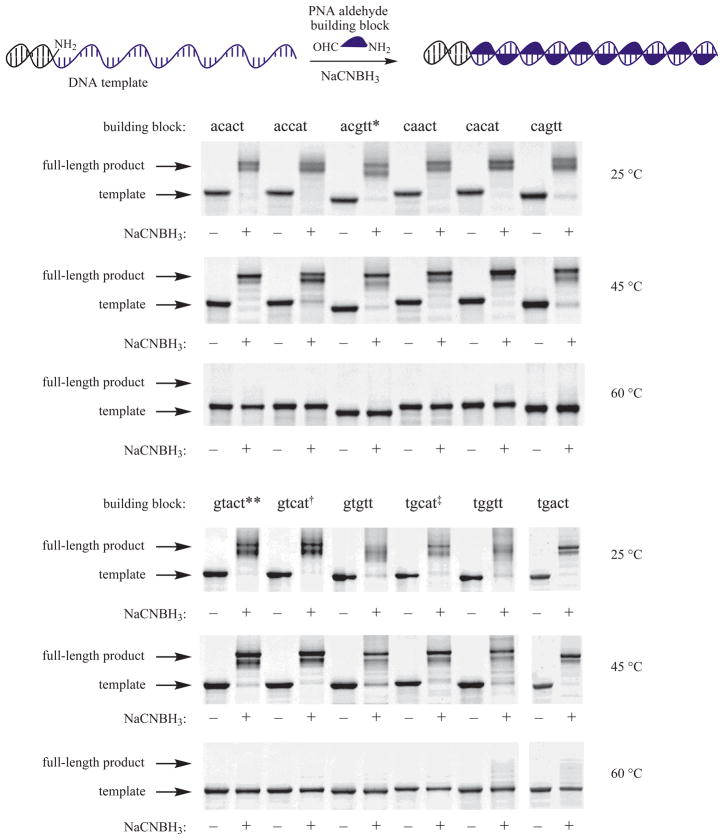Figure 2. A PNA genetic code that exhibits uniform DNA-templated polymerization.
Ten consecutive DNA-templated reductive amination couplings result in PNA 50-mers containing secondary amine linkages between every fifth nucleotide. The efficiency of this process is shown at 25 °C, 45 °C and 60 °C for the 12 PNA pentamer aldehydes shown. Reaction conditions: 16 μM PNA aldehyde and 0.4 μM DNA templates were heated to the specified temperature. NaBH3CN was added to 80 mM. After 20 min, the reactions were analyzed by denaturing PAGE and visualized by staining with ethidium bromide. Except for the cases noted below in which repetitive template sequences adopted strong secondary structures, the coding region of the DNA templates contained ten consecutive repeats of the codon complementary to the building block shown. *DNA template: (AACGTAACAC)5; **DNA template: (AGTACAACCA)5; †DNA template: (ATGCAAACCA)5; ‡DNA template: (ATGCAAACCA)5. In these four cases, 8 μM of the assayed building block was supplemented with 8 μM of the H2N-tggtt-CHO building block.

